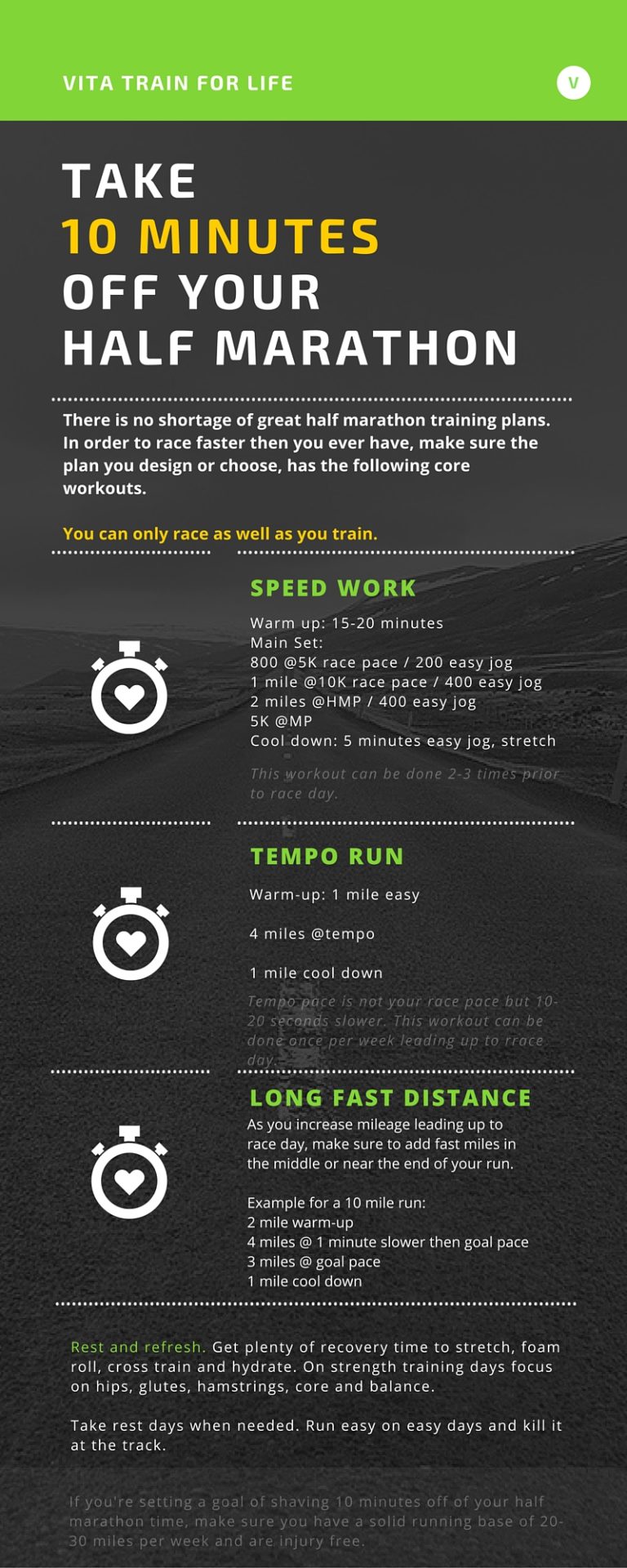Cold Weather Running Warm Up
To warm up for cold weather running, start with dynamic stretches and light jogging. Proper warm-up is essential for preventing injuries and improving performance in chilly conditions.
When preparing for a run in cold weather, the warm-up routine becomes even more crucial. The dropping temperatures tighten muscles and reduce flexibility, making the risk of injury higher. By incorporating dynamic stretches and a light jog at the beginning of your session, you can gradually increase your heart rate and loosen up your muscles.
This not only prepares your body for the task ahead but also helps to maintain your body temperature in colder conditions. As a result, you will be ready to tackle your run with optimal performance and reduce the likelihood of strains or sprains.
Importance Of Warm Up
When it comes to running in cold weather, a proper warm-up is essential to prepare the body for the workout ahead. The importance of warm-up cannot be overstated. It not only helps prevent injuries but also enhances performance, ensuring that runners can perform at their best even in chilly conditions.
Preventing Injuries
A thorough warm-up routine is crucial for preventing injuries during cold weather running. Cold temperatures can cause muscles to tighten up, increasing the risk of strains and pulls. By engaging in dynamic stretching and light cardio exercises during the warm-up, runners can effectively loosen the muscles and improve their flexibility, reducing the likelihood of injury.
Increasing Performance
An adequate warm-up can significantly boost a runner’s performance in cold weather conditions. Warming up gradually elevates the heart rate and increases blood flow to the muscles, leading to improved oxygen delivery and nutrient uptake. This preparation enhances muscle responsiveness and overall agility, allowing runners to maintain optimal pace and endurance throughout their cold weather run.

Credit: m.youtube.com
Components Of A Warm Up
Dynamic Stretches: Stretching to prep the muscles.
Active Movements: Engage in light, gradual exercises.
Dynamic Stretches
Include leg swings and arm circles.
Do not hold stretches for too long.
- Leg swings
- Arm circles
Active Movements
Move in a controlled manner to elevate heart rate.
Engage in activities like light jogging.
- Gradual exercises
- Controlled movements
Specific Warm Up Exercises
Specific warm-up exercises are crucial before heading out for a cold weather run. These exercises help prepare your body, prevent injuries, and improve performance.
Jumping Jacks
Jumping jacks get your heart rate up and limbs moving, warming up your muscles.
High Knees
High knees elevate your heart rate and engage your core and leg muscles.
Butt Kicks
Butt kicks target your hamstrings and calves, enhancing flexibility and blood circulation.

Credit: www.orangeinsoles.com
Tips For Cold Weather Warm Up
Cold weather running can be challenging, especially when it comes to warming up effectively. However, with the right approach, you can ensure that your body is adequately prepared for the run ahead. Here are some essential tips for cold weather warm up that will help you get the most out of your winter runs:
Layering Clothing
When it comes to running in cold weather, layering is key. Start with a moisture-wicking base layer to keep sweat away from your skin, followed by a thermal layer for insulation, and finish with a windproof and water-resistant outer layer. This ensures that you stay warm and dry throughout your run while allowing for easy adjustments if you start to overheat.
Starting Slowly
It’s crucial to start your cold weather run at a slower pace than usual to give your body time to adjust to the colder temperatures. This gradual warm-up helps prevent injury and allows your muscles to loosen up before pushing yourself harder. Focus on steady breathing and maintaining good form before picking up the pace.
Warming Up Indoors
If the weather is particularly harsh, consider warming up indoors before heading out. Engage in dynamic stretches and light exercises to raise your body temperature and prepare your muscles for the cold. This indoor warm-up can also help mentally prepare you for the run ahead, making it easier to transition into the outdoor conditions.
Benefits Of Cold Weather Running Warm Up
When it comes to cold weather running, a proper warm up is crucial. Not only does it prepare your body for the physical demands of running in lower temperatures, but it also offers several benefits that can enhance your performance and keep you safe. Let’s take a closer look at some of the key benefits of a cold weather running warm up.
Improving Blood Flow
A cold weather warm up helps to improve blood flow throughout your body. By engaging in light cardio exercises such as jogging or jumping jacks, you increase your heart rate and promote circulation. This increased blood flow delivers oxygen and nutrients to your muscles, warm them up, and optimize their performance.
Enhancing Flexibility
Another significant benefit of a cold weather running warm up is the enhancement of flexibility. As temperatures drop, your muscles tend to tighten up, increasing the risk of injury. By incorporating dynamic stretching exercises into your warm up routine, you can loosen up your muscles and improve their range of motion. This not only reduces the likelihood of strains and sprains but also allows for better running form and efficiency.

Credit: blog.nasm.org
Frequently Asked Questions Of Cold Weather Running Warm Up
How Should I Warm Up Before Running In Cold Weather?
It’s important to start with dynamic stretches like leg swings and high knees to increase circulation and warm up your muscles.
What Clothing Should I Wear For Cold Weather Running?
Layering is key: wear a moisture-wicking base layer, a insulating mid layer, and a wind-resistant outer layer.
How Can I Protect My Extremities While Running In The Cold?
Don’t forget gloves, a hat, and wool socks to keep your hands, head, and feet warm during your run.
Conclusion
A proper warm-up routine is essential for safe and effective cold weather running. By incorporating dynamic exercises and gradually increasing intensity, runners can optimize performance and reduce the risk of injury. Remember to also dress appropriately, stay hydrated, and listen to your body.
Incorporating these tips will make your cold-weather runs more enjoyable and rewarding.






